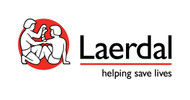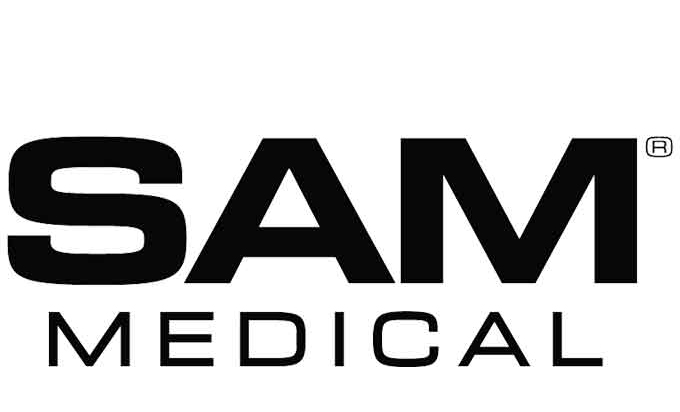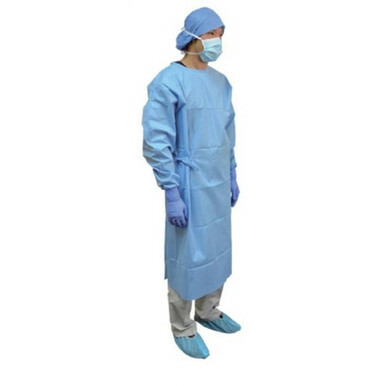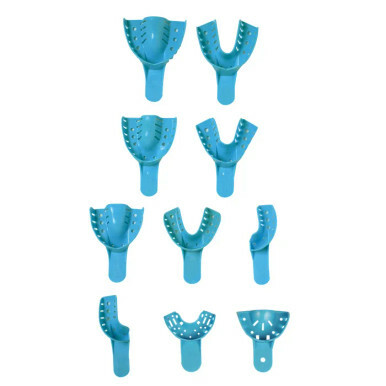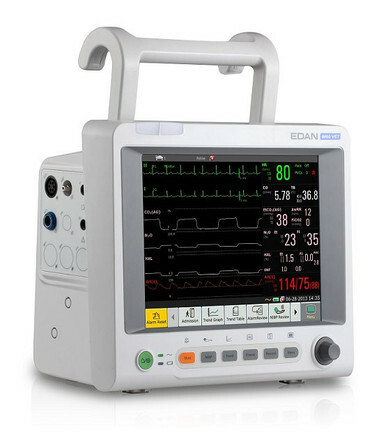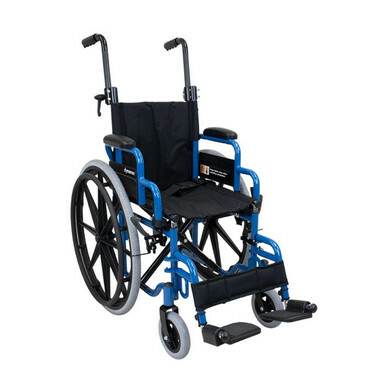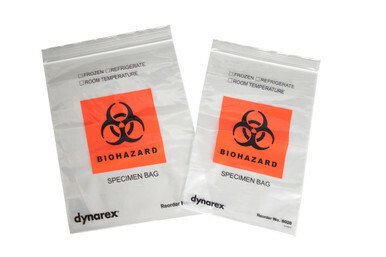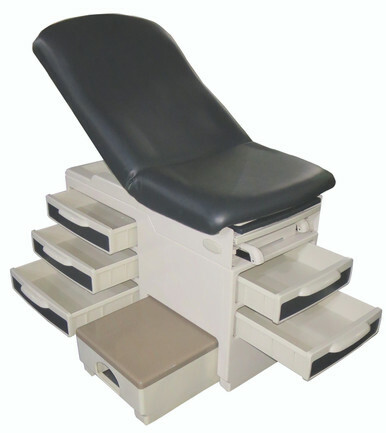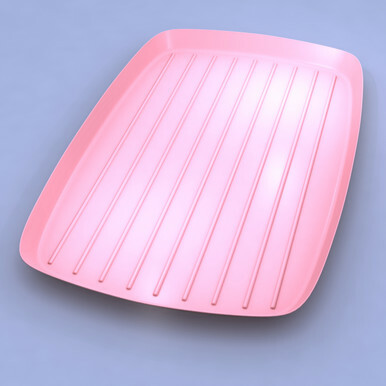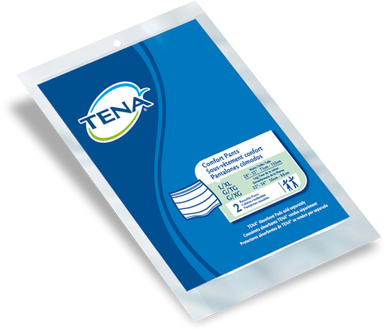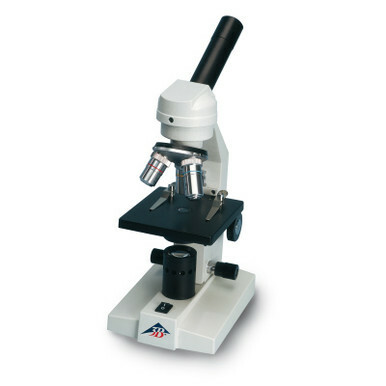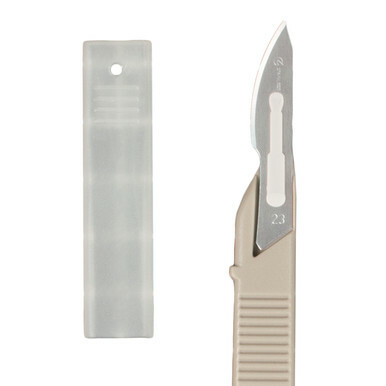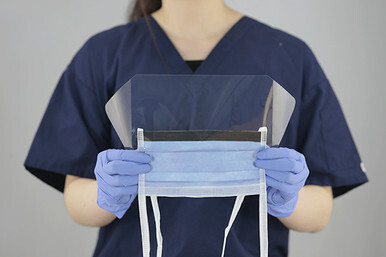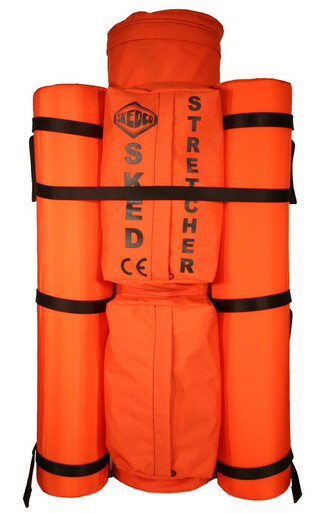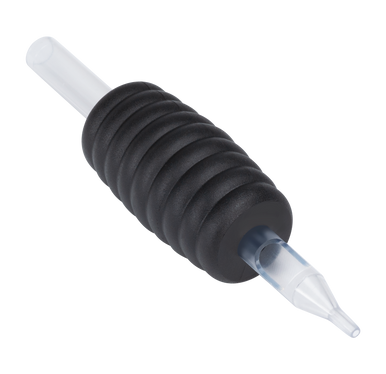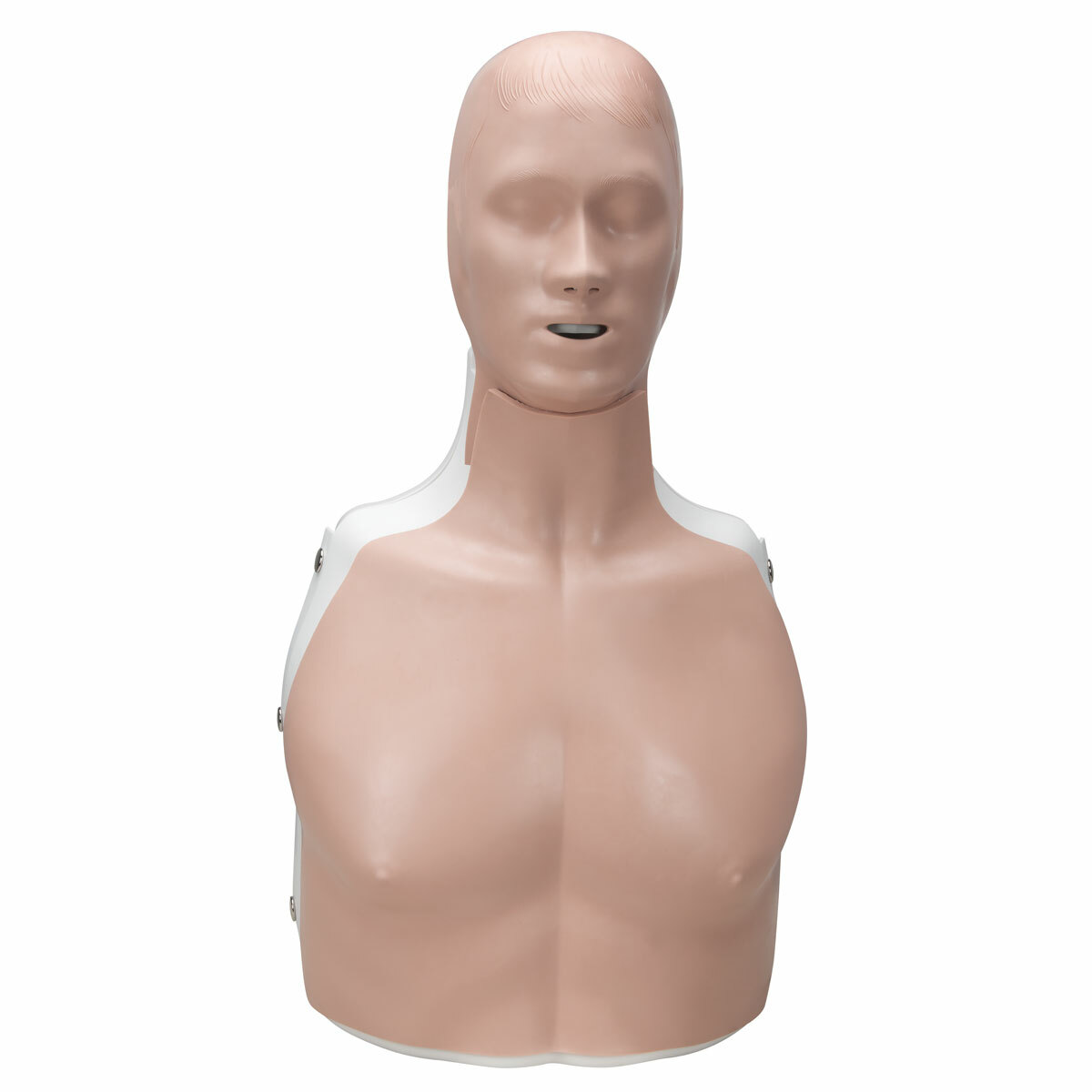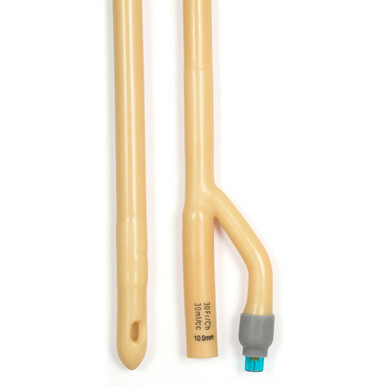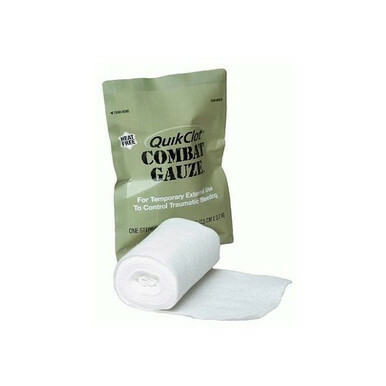SAM Splints: Flexible Solutions for Immobilizing Injuries
Posted by EMRN on 13th Dec 2023
In the realm of emergency medical care, the ability to quickly and effectively immobilize injuries is paramount. SAM splints, short for Structural Aluminum Malleable, have emerged as versatile tools for first responders, healthcare professionals, and outdoor enthusiasts alike. This blog post delves into the world of SAM splints, exploring their features, applications, and the crucial role they play in providing immediate and reliable support for various injuries.
Understanding SAM Splints
- Versatile Design: SAM splints are crafted from malleable aluminum, making them highly flexible and easily moldable to conform to the shape of different body parts. This adaptability allows for their use in a wide range of scenarios, from fractures and sprains to dislocations and hyperextensions.
- Lightweight and Portable: One of the key advantages of SAM splints is their lightweight design, making them easy to carry in first aid kits, emergency response bags, or even backpacks for outdoor activities. Their portability ensures that immediate assistance is readily available in various settings.
Applications in Emergency Care
- Fractures and Sprains: SAM splints excel in providing stable support for fractures and sprains. They can be easily shaped and secured using bandages or tape to immobilize the injured limb, preventing further damage during transport to a medical facility.
- Joint Dislocations: The flexibility of SAM splints allows for effective immobilization of joints in the case of dislocations. By providing support and stabilization, SAM splints contribute to minimizing pain and preventing additional injury.
- Improvised Splinting: SAM splints are known for their adaptability in improvising splints for injuries in challenging situations. Their moldable nature allows for on-the-spot solutions when traditional splints may not be available.
- Waterproof and Radiolucent: SAM splints are waterproof and radiolucent, meaning they won't absorb water and can be used in conjunction with X-rays, allowing healthcare professionals to assess the injury without removing the splint.
Tips for Using SAM Splints Effectively
- Proper Positioning: Ensure the injured limb is positioned in its natural anatomical alignment before applying the SAM splint. This promotes comfort and aids in the healing process.
- Secure with Bandages or Tape: Once shaped, secure the SAM splint in place using bandages or medical tape. This prevents movement and maintains the desired immobilization.
- Regular Monitoring: Periodically check the injured area to ensure proper blood circulation and assess the need for adjustments to the SAM splint.
Conclusion
SAM splints have revolutionized the field of emergency care by providing a lightweight, flexible, and effective solution for immobilizing injuries. Their versatility and ease of use make them indispensable tools for first aid responders, healthcare professionals, and outdoor enthusiasts. By understanding the applications and proper techniques for using SAM splints, individuals can play a crucial role in minimizing the impact of injuries and supporting the recovery process in various emergency scenarios.



